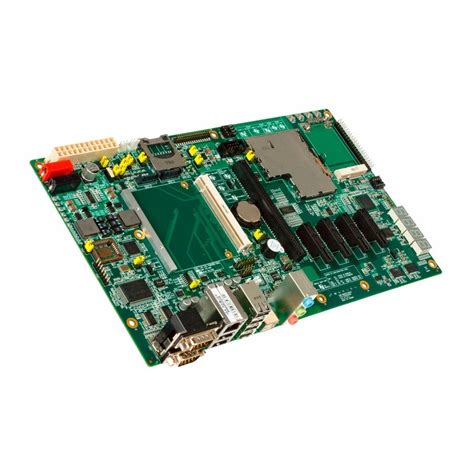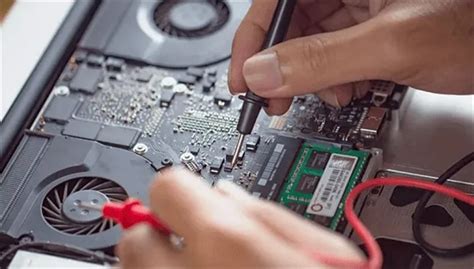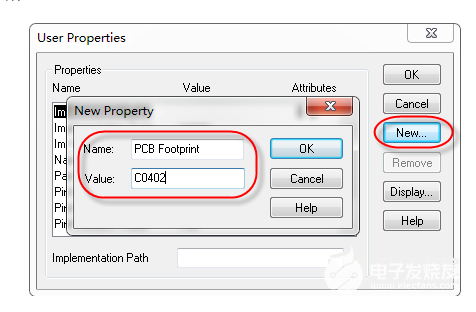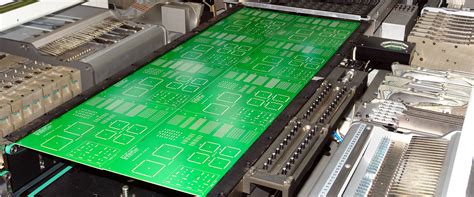PCB Insulation Withstand Voltage Testing Methods
Abstract
Printed Circuit Boards (PCBs) are fundamental components in modern electronics, ensuring proper electrical connectivity and insulation between conductive paths. Insulation withstand voltage testing, also known as dielectric strength testing or high-potential (Hi-Pot) testing, is crucial for verifying the insulation integrity of PCBs. This paper explores various methods for testing PCB insulation withstand voltage, including test standards, equipment requirements, procedures, and safety considerations. The discussion covers DC and AC Hi-Pot testing, insulation resistance measurement, and comparative analysis of different testing approaches.
1. Introduction
The reliability and safety of PCBs depend on their ability to maintain electrical insulation between conductive traces, layers, and components. Insulation defects, such as voids, delamination, or contamination, can lead to short circuits, leakage currents, or catastrophic failures. Insulation withstand voltage testing evaluates a PCB’s ability to endure high voltages without breakdown, ensuring compliance with industry standards such as IPC, IEC, and UL.
This paper examines the following key aspects of PCB insulation withstand voltage testing:
- Test Principles and Objectives
- Industry Standards and Specifications
- Test Equipment and Setup
- DC vs. AC Hi-Pot Testing
- Insulation Resistance Measurement
- Test Procedures and Safety Measures
- Common Failure Modes and Analysis
2. Test Principles and Objectives
The primary goal of insulation withstand voltage testing is to verify that a PCB can withstand specified voltage levels without dielectric breakdown. The test applies a high voltage (AC or DC) between conductors or between conductors and ground, checking for excessive leakage current or insulation failure.
Key Objectives:
- Ensure dielectric strength between isolated conductors.
- Detect manufacturing defects (e.g., pinholes, cracks, contamination).
- Verify compliance with safety standards.
- Prevent electrical hazards in end-use applications.

3. Industry Standards and Specifications
Several international standards define insulation withstand voltage testing requirements:
- IPC-6012: Qualification and Performance Specification for Rigid PCBs.
- IEC 60950-1 / IEC 62368-1: Safety standards for IT and audio/video equipment.
- UL 94: Flammability testing, indirectly related to insulation properties.
- IEC 61189-3: Test methods for electrical materials and PCBs.
These standards specify test voltages (typically 500V to 3000V), duration (1 minute to several seconds), and acceptable leakage current thresholds.
4. Test Equipment and Setup
4.1 Hi-Pot Testers
A high-potential tester generates and applies the required test voltage while monitoring leakage current. Key features include:
- Adjustable voltage (AC or DC).
- Current detection with trip function (if leakage exceeds limits).
- Safety interlocks to prevent operator exposure to high voltage.
4.2 Test Probes and Fixtures
- Flying Probe Testers: Automated systems for high-volume testing.
- Bed-of-Nails Fixtures: Custom fixtures for batch testing.
- Manual Probes: Used for prototype or low-volume testing.
4.3 Environmental Conditions
- Temperature and humidity should be controlled (typically 25°C, 50% RH).
- Avoid testing in highly humid conditions, as moisture can affect insulation resistance.

5. DC vs. AC Hi-Pot Testing
5.1 DC Hi-Pot Testing
- Applies a steady DC voltage (e.g., 1000V DC).
- Lower risk of capacitive charging effects.
- Preferred for high-impedance circuits.
- Faster discharge time post-test.
Disadvantages:
- May not detect certain AC-related insulation weaknesses.
- Higher risk of partial discharge in some materials.
5.2 AC Hi-Pot Testing
- Applies an AC voltage (e.g., 1500V AC at 50/60Hz).
- Better at detecting insulation flaws due to polarity reversal.
- Simulates real-world AC stress conditions.
Disadvantages:
- Higher capacitive current can lead to false failures.
- Requires longer discharge time after testing.
6. Insulation Resistance Measurement
In addition to Hi-Pot testing, insulation resistance (IR) measurement evaluates long-term reliability.
6.1 Test Method
- Apply a DC voltage (typically 100V to 1000V).
- Measure resistance (in ohms or megaohms) after a stabilization period.
6.2 Acceptance Criteria
- IPC standards often require >100MΩ for rigid PCBs.
- Lower values may indicate contamination or moisture absorption.
7. Test Procedures
7.1 Preparation
- Clean the PCB to remove contaminants.
- Ensure no residual charge from previous tests.
7.2 Step-by-Step Testing
- Set Test Parameters: Voltage, duration, and leakage current limit.
- Connect Probes: Apply voltage between test points (e.g., conductor-to-ground).
- Ramp-Up Voltage: Gradually increase to the target level (e.g., 1500V).
- Hold Voltage: Maintain for the specified time (e.g., 60 seconds).
- Monitor Leakage Current: If current exceeds threshold, the test fails.
- Ramp Down: Gradually reduce voltage to zero.
- Discharge PCB: Ensure no residual charge remains.
7.3 Safety Measures
- Use insulated gloves and safety barriers.
- Ensure proper grounding of test equipment.
- Follow lockout/tagout (LOTO) procedures.
8. Common Failure Modes and Analysis
- Dielectric Breakdown: Arcing due to insufficient insulation.
- Partial Discharge: Localized discharges weakening insulation over time.
- Contamination-Induced Leakage: Dust, flux residues, or moisture reducing insulation resistance.
- Delamination: Layer separation in multilayer PCBs.
9. Conclusion
Insulation withstand voltage testing is essential for ensuring PCB reliability and safety. Both DC and AC Hi-Pot tests provide valuable insights, while insulation resistance measurements assess long-term performance. Compliance with industry standards, proper test setup, and safety precautions are critical for accurate results. Future advancements may include automated testing systems and improved dielectric materials for higher voltage applications.







